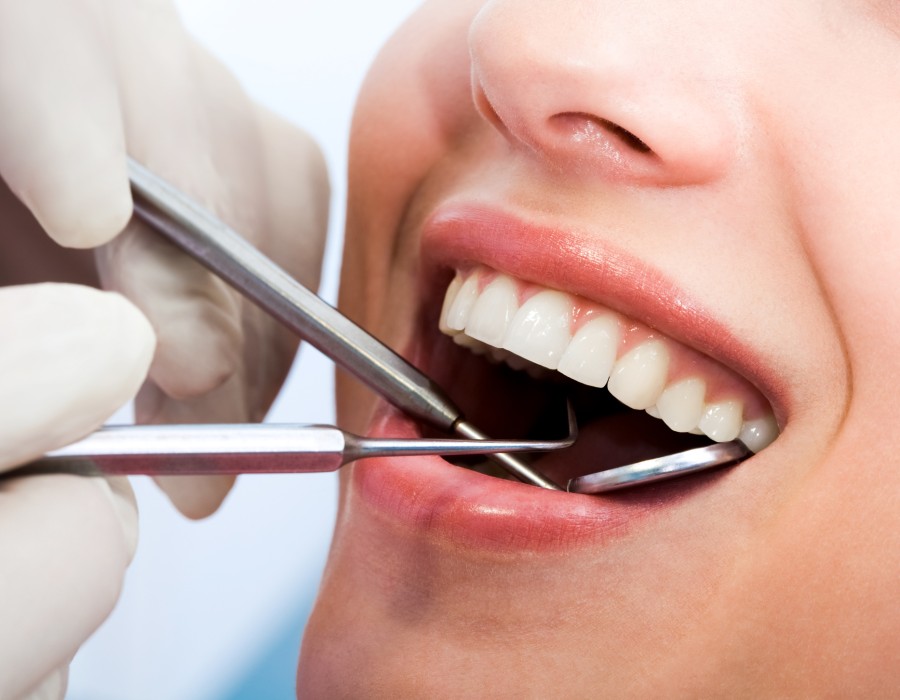Orthodontic care plays a vital role in achieving healthy, aligned teeth for people of all ages. With advancements in dental technology, the options for braces have expanded significantly, offering more choices tailored to individual needs. Whether you have a child with misaligned teeth, a teenager seeking a confident smile, or an adult looking to correct long-standing dental issues, understanding the different types of braces can help you make informed decisions for your family. This blog will explore the various types of braces available through family orthodontics in Hayward and their unique benefits.
Traditional Metal Braces
Metal braces are the tried-and-true choice for straightening smiles. Made with sturdy stainless steel, these reliable brackets and wires work their magic over time, gently nudging your teeth into the perfect positions. They've been a trusted option for decades for a reason! Modern advancements, including smaller brackets and thinner wires, have made contemporary metal braces more comfortable and less noticeable than earlier versions.
Benefits:
- Effective for All Cases: Suitable for treating even the most complex orthodontic issues.
- Cost-Effective: Generally more affordable than other types of braces.
- Durability: Metal braces are robust and resistant to damage.
Considerations:
- Appearance: More noticeable compared to other options.
- Dietary Restrictions: To keep your braces in tip-top shape, there are some foods you'll want to avoid.
Ceramic Braces
Ceramic braces function similarly to metal braces but use clear or tooth-colored brackets that blend with the teeth, making them less noticeable. This aesthetic advantage makes them a popular choice for teenagers and adults concerned about the appearance of braces.
Benefits:
- Aesthetic Appeal: Less visible than traditional metal braces.
- Effective: Work just as well as metal braces for most orthodontic issues.
Considerations:
- Cost: Typically more expensive than metal braces.
- Care: Ceramic brackets can stain if not properly cared for, requiring diligent oral hygiene.
Lingual Braces
Unlike traditional braces, which are placed on the front of your teeth, lingual braces work behind the scenes! These custom-made wonders are practically invisible and straighten your smile discreetly.
Benefits:
- Invisibility: Hidden behind the teeth, making them an excellent option for those concerned about aesthetics.
- Customization: Custom-fitted to each patient's teeth for effective treatment.
Considerations:
- Cost: More expensive due to customization.
- Comfort: This may cause initial discomfort and affect speech.
- Maintenance: More challenging to clean and maintain.
Clear Aligners
Clear aligners like Invisalign have revolutionized orthodontic treatment. These custom-made, removable, clear plastic trays gradually move the teeth into place. They are a popular choice for their convenience and minimal impact on appearance.
Benefits:
- Aesthetic: Virtually invisible when worn.
- Removability: This can be removed for eating, drinking, brushing, and flossing, allowing for greater convenience and easier oral hygiene maintenance.
- Comfort: Smooth plastic trays reduce irritation to the mouth.
Considerations:
- Discipline: Requires commitment to wearing the aligners for 20-22 hours daily.
- Cost: Generally more expensive than traditional braces.
- Suitability: Not suitable for all orthodontic issues, especially complex cases.
Self-Ligating Braces
Self-ligating braces are similar to traditional metal and ceramic braces but use a special clip or bracket instead of elastic ties to hold the wire in place. This reduces friction and allows for easier adjustments.
Benefits:
- Reduced Treatment Time: Potentially shorter treatment duration due to less friction.
- Comfort: Typically more comfortable with fewer adjustments required.
- Hygiene: Easier to clean as they do not have elastic ties.
Considerations:
- Cost: Slightly more expensive than traditional metal braces.
- Visibility: Still noticeable, though available in both metal and ceramic options.
Choosing the Right Option for Your Family
When considering family orthodontics in Hayward, weighing the benefits and considerations of each type of braces based on individual needs and preferences is essential. Here are some factors to consider:
- Age and Lifestyle: Traditional metal braces or ceramic braces are often recommended for their effectiveness and durability for children and teenagers. Adults may prefer clear aligners or lingual braces for their discretion.
- Orthodontic Issues: The severity and type of orthodontic issues significantly determine the best treatment option. Complex cases may require traditional metal braces or lingual braces.
- Cost: Budget considerations are crucial. Discussing the cost and available payment plans with your orthodontist can help you make an informed decision.
- Aesthetic Preferences: If appearance during treatment is a significant concern, clear aligners, ceramic braces, or lingual braces may be the best options.
- Commitment to Care: Clear aligners require high discipline in wearing and maintaining them, while traditional braces require avoiding certain foods and diligent oral hygiene.
Conclusion
Understanding the different types of braces available through family orthodontics in Hayward is the first step in achieving a healthy, aligned smile for every family member. Whether you choose traditional metal braces, ceramic braces, lingual braces, clear aligners, or self-ligating braces, consulting with an experienced orthodontist will help you find the best treatment plan for your specific needs. Prioritizing orthodontic care ensures long-term dental health and enhances overall well-being, providing confident smiles for the entire family.





Comments